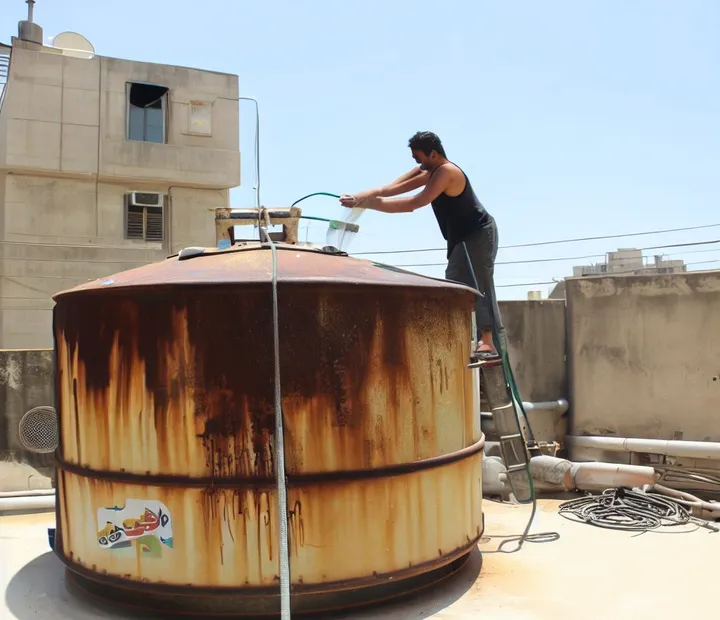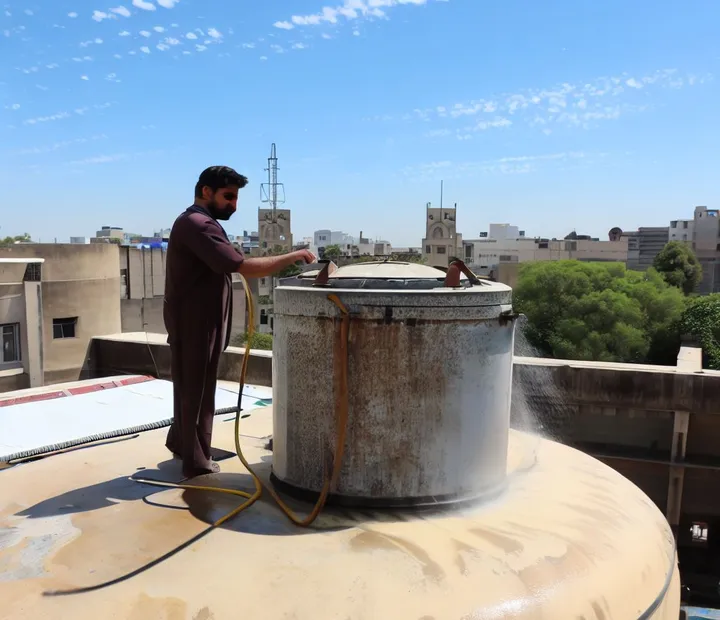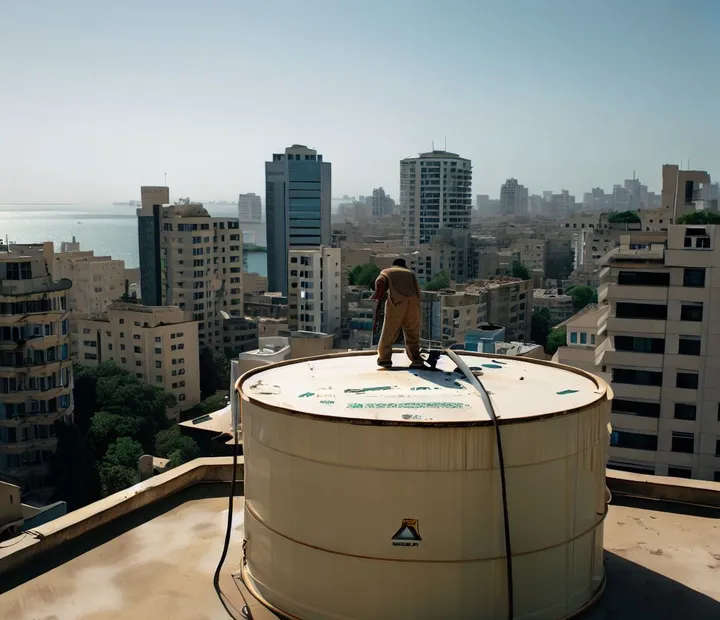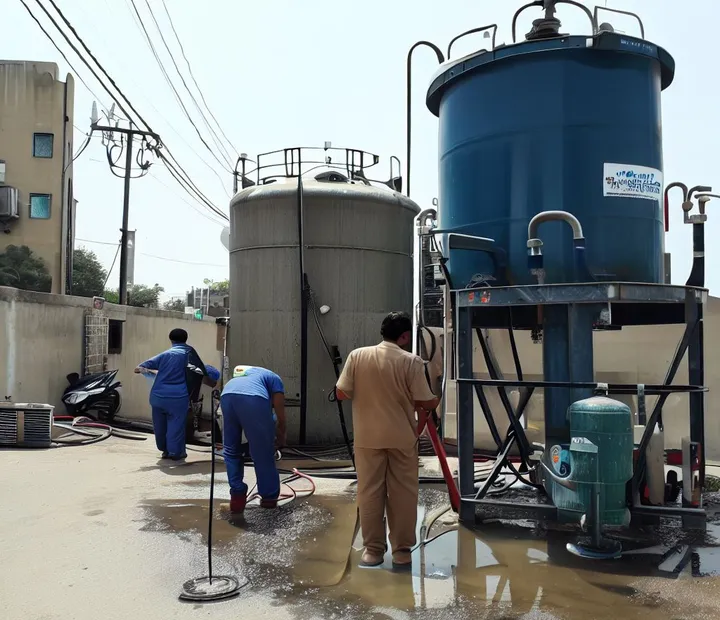Karachi, the largest city in Pakistan, is located on the coast of the Arabian Sea and has a tropical desert climate. The city experiences two main seasons: summer and winter, with short spring and autumn periods. The summer season lasts for the longest period of the year and is characterized by hot and humid weather. The winter season is mild and dry, with occasional cold spells. The city also receives rainfall from late June to mid-September, which is known as the monsoon season.
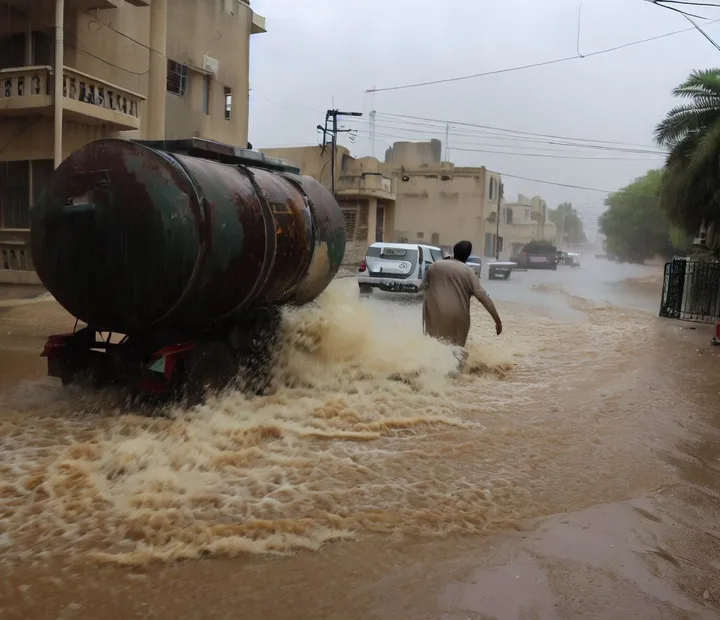
What is the monsoon season and why is it important?
The monsoon season is a period of heavy rainfall that occurs due to the seasonal reversal of wind direction over the Indian Ocean. The monsoon winds bring moist air from the sea to the land, resulting in precipitation over South Asia. The monsoon season is important for the region as it provides water for agriculture, hydroelectric power, and drinking purposes. It also helps to moderate the temperature and reduce the dust and pollution in the air.
What are the impacts of heavy monsoon season in Karachi?
The monsoon season in Karachi can have both positive and negative impacts on the city and its residents. Some of the positive impacts are:
- The rainfall can replenish the groundwater levels and reservoirs, which are often depleted due to overexploitation and droughts.
- The rainfall can also improve soil fertility and crop production, especially for rice, sugarcane, cotton, and maize.
- The rainfall can also lower the temperature and humidity, making the weather more pleasant and comfortable.
Some of the negative impacts are:
- The rainfall can cause flooding, landslides, waterlogging, and drainage problems, especially in low-lying areas and informal settlements.
- The rainfall can also damage infrastructure, such as roads, bridges, buildings, and power lines, disrupting transportation, communication, and electricity supply.
- The rainfall can also increase the risk of waterborne diseases, such as cholera, typhoid, hepatitis, and diarrhea, due to contamination of water sources by sewage, garbage, and animal carcasses.
Why is water tank cleaning essential and how to do it?
Water tank cleaning is an essential part of water hygiene and Legionella control. Water tanks are used to store water for domestic purposes, such as drinking, cooking, washing, and bathing. Over time, dirt, dust, debris, mold, and harmful bacteria, including Legionella, can build up in the water tank. These can contaminate the water and cause illness or infection to the users. Therefore, it is essential to clean and disinfect the water tank at least twice a year or as per local and state regulations.
The following are some steps to clean and disinfect a water tank using household chlorine bleach:
- Drain the water tank completely by opening the outlet valve or tap at the bottom of the tank. Connect a hose to direct the water to a safe location.
- Scoop out any remaining water from the bottom of the tank using a bucket or a cup. You can also use a wet/dry vacuum or towels to remove residual water.
- Make a cleaning mixture by mixing hot water with laundry detergent powder or liquid. Use a bristle brush or an abrasive sponge to scrub the inside walls of the tank with or without the cleaning mixture. Remove as much slime and sludge as possible.
- Rinse the tank thoroughly with clean water until no detergent residue remains. Drain the rinse water completely.
- Make a disinfecting solution by adding chlorine bleach to water. The amount of bleach depends on the size of your tank. For example, for a 1000-liter tank, you need 40 milliliters of bleach. For a 5000-liter tank, you need 200 milliliters of bleach.
- Fill the tank with clean water until it is half full. Add the disinfecting solution to the tank and mix well. Fill up the rest of the tank with clean water.
- Let the disinfecting solution sit in the tank for at least two hours or overnight. Do not use any water from the tank during this time.
- Drain the disinfected water completely from the tank. Refill it with clean water and drain it again. Repeat this process until there is no chlorine smell or taste in the water.
- Your water tank is now clean and disinfected. You can use it for your domestic needs.

Dr. Ahmed is a renowned entomologist with over 20 years of experience in studying insects. He obtained her Bachelor’s degree in Biology from the University of Punjab, and then completed his Master’s and Ph.D. in Entomology from the University of the Punjab.
Dr. Ahmed has conducted extensive research on the behavior, ecology, and evolution of insects. His work has been published in numerous peer-reviewed scientific journals and has been presented at international conferences. He has also served as a consultant for various organizations, including government agencies and private companies.

